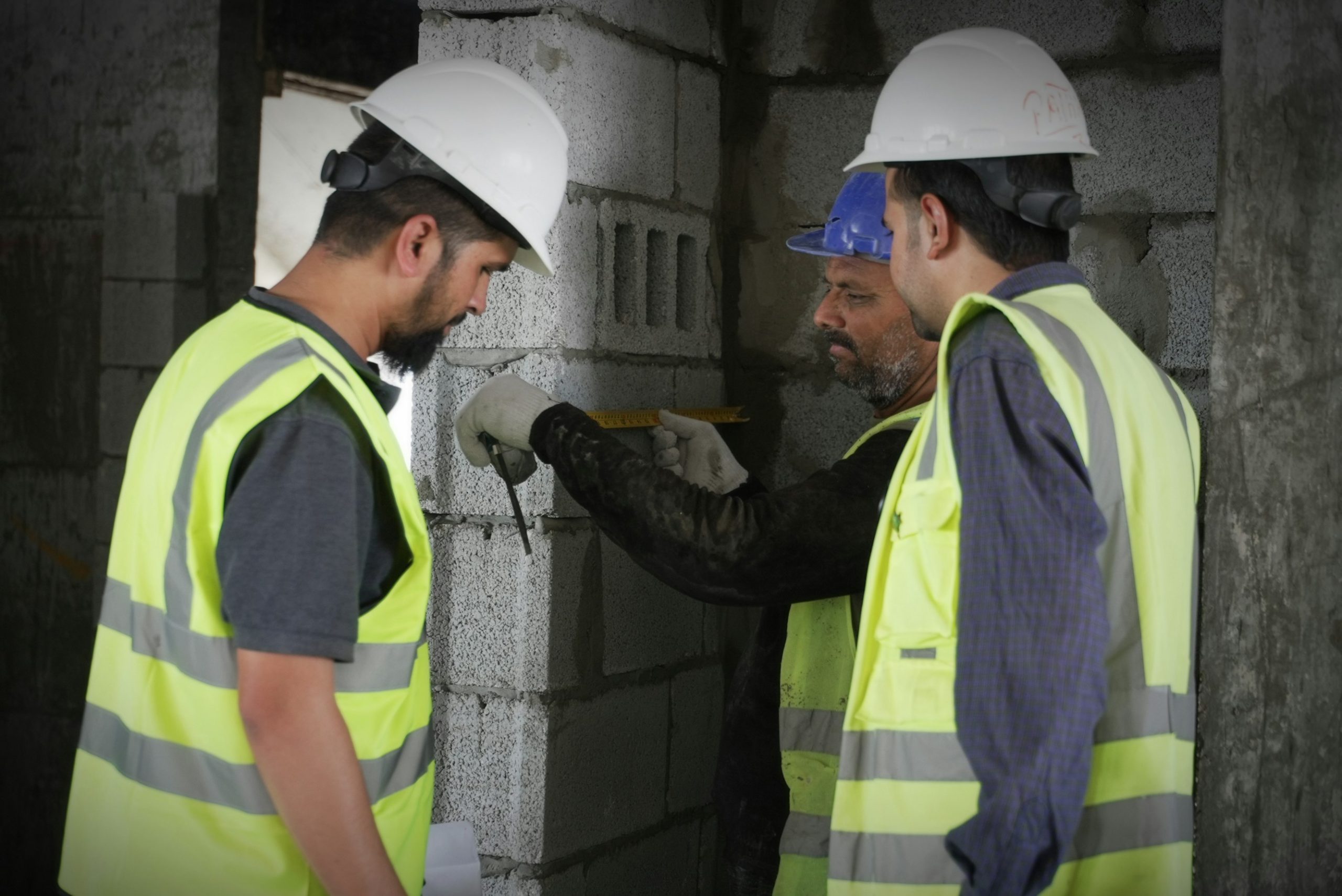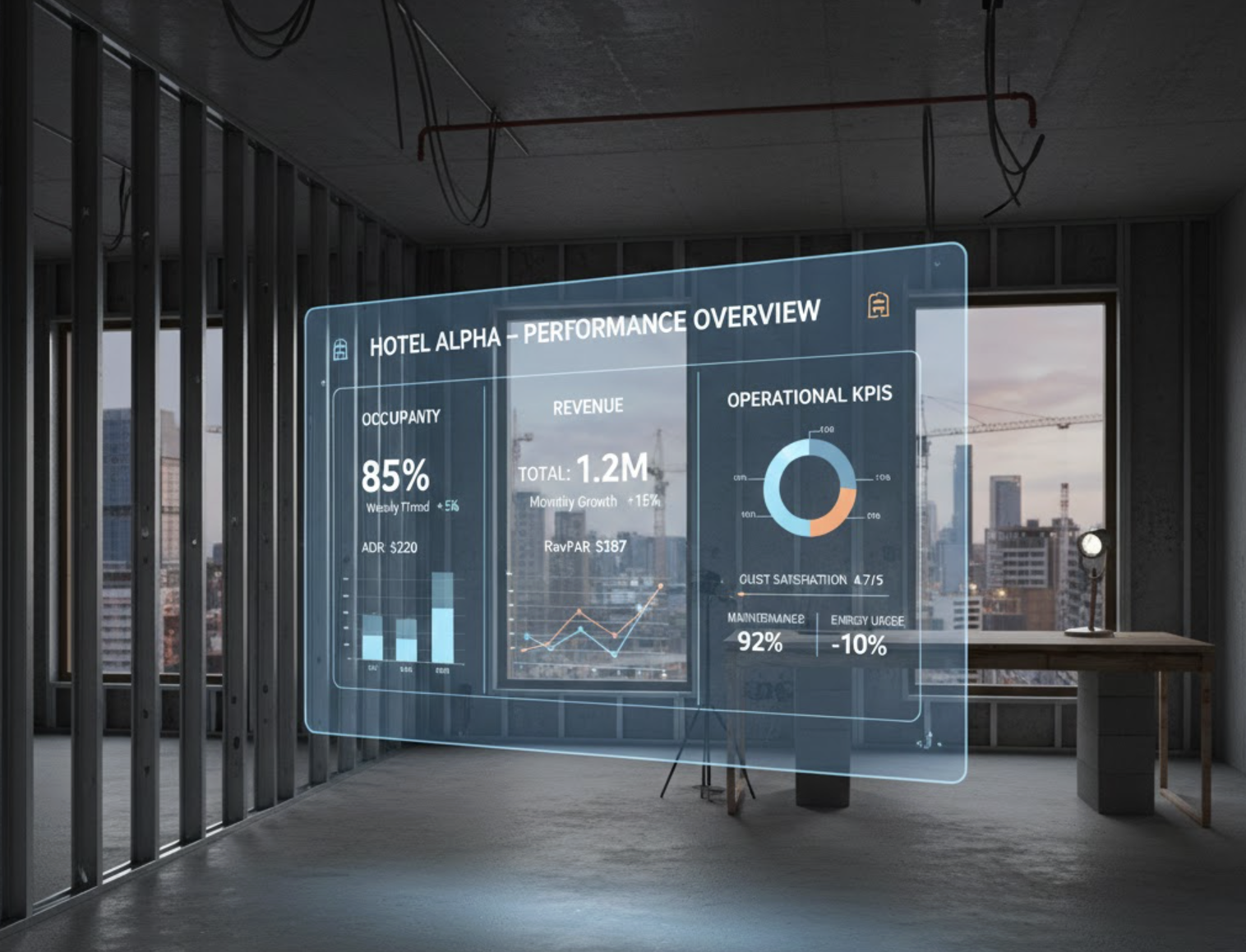From Whiteboards to Dashboards: Evolving Site Reporting
The transition from traditional whiteboards to digital dashboards represents a significant evolution in site reporting, particularly in industries such as construction. This change is framed on enhancing data accessibility, real-time tracking, and effective collaboration among teams. In this blog post, we’ll outline the key concepts, benefits, and best practices in this transition, highlighting how Zepth facilitates this evolution with its construction management tools.
Understanding Traditional Whiteboards
Whiteboards have long served as essential visual tools for organizing and tracking important information within various industries. On construction sites, they are used to manage tasks such as schedules, safety measures, and resource allocations. In agriculture, similar whiteboards oversee daily responsibilities ranging from feeding routines to health checks of livestock.
Despite their utility, whiteboards have notable limitations. They are fixed to a physical location, making it difficult for remote teams or external consultants to access crucial data. The labor-intensive nature of manual updates can lead to data inaccuracies and inconsistencies, complicating real-time decision-making.
Benefits of Transitioning to Digital Dashboards
Digital dashboards represent a sophisticated and dynamic method for capturing, analyzing, and reporting data. By leveraging construction project management software, digital dashboards enhance data management capabilities significantly. Here are key benefits of utilizing digital dashboards:
- Enhanced Data Accessibility: Digital dashboards ensure data is made available to all relevant stakeholders, including on-site personnel and external consultants, thus facilitating collaboration and informed decision-making.
- Real-Time Tracking: Unlike the static nature of whiteboards, dashboards allow for immediate tracking of essential indicators in dynamic construction environments, helping prevent delays and keep projects on schedule.
- Process Mapping: By illustrating value streams and process flows, digital dashboards provide a comprehensive view of organizational workflows, enabling project teams to optimize processes and reduce waste.
Statistics and Use Cases in Construction
Adopting digital dashboards in the construction industry has profoundly improved project management. For example, industry reports indicate that the implementation of digital tools like dashboards can enhance overall project efficiency by up to 30%.
In agricultural settings, digital dashboards surpass traditional whiteboards in monitoring feeding schedules, medication protocols, and health checks. The result is improved animal health, increased productivity, and a clear documentation trail.
Best Practices for Developing Digital Dashboards
To ensure successful implementation of digital dashboards, follow these best practices:
- Iterative Development: Utilize iterative development processes when creating dashboards. This involves revisiting initial questions and goals, collaborating with business experts, and adapting based on user feedback, ensuring dashboards align with strategic objectives.
- Effective Data Visualization: Employ various visualization techniques such as spark lines, bar charts, and visual dashboards to present complex data in an easily digestible format. This not only facilitates quick assessments but also aids in informed decision-making.
Emerging Innovations in Construction Reporting
The integration of digital dashboards with construction financial management tools and other project management software has transformed construction project delivery. Tools like Zepth effectively combine digital dashboards with comprehensive management software, enabling teams to capture crucial data on safety, resource allocation, and project progress in real time.
Moreover, modern dashboards function as advanced analytics platforms—analyzing massive datasets to provide predictive insights for proactive decision-making and construction risk management. This innovation drives informed strategies that can mitigate risks and align project goals with available resources.
How Zepth Can Help in Transitioning to Digital Dashboards
Zepth offers a robust platform that effectively streamlines the transition from traditional whiteboards to digital dashboards. Here are some features that illustrate how Zepth supports construction professionals:
- Centralized Reporting: Zepth’s platform provides a centralized dashboard that integrates all jobsite reporting aspects. This accessibility allows teams to update crucial information in real-time, enhancing communication and organizational cohesion.
- Real-Time Tracking: With Zepth’s tools, teams can monitor project progress, safety metrics, and resource allocation in real-time, essential for effective construction management and timely interventions.
- Collaboration: The dynamic dashboards foster collaboration between on-site teams and external consultants, ensuring that all stakeholders have access to the same, up-to-date information.
- Process Mapping: Zepth’s dashboards can effectively visualize value streams and workflows, helping teams analyze and optimize processes for better performance.
For further insights on how Zepth can facilitate your transition from whiteboards to dashboards, check out Zepth’s document register, which centralizes project documentation for convenient access, or explore our construction progress report tool for tracking and reporting project milestones along the way.
As the industry moves towards digital solutions, embracing AI-driven construction management tools like Zepth will enable construction teams to reap the countless benefits of digital dashboards, leading to better outcomes and heightened productivity.




